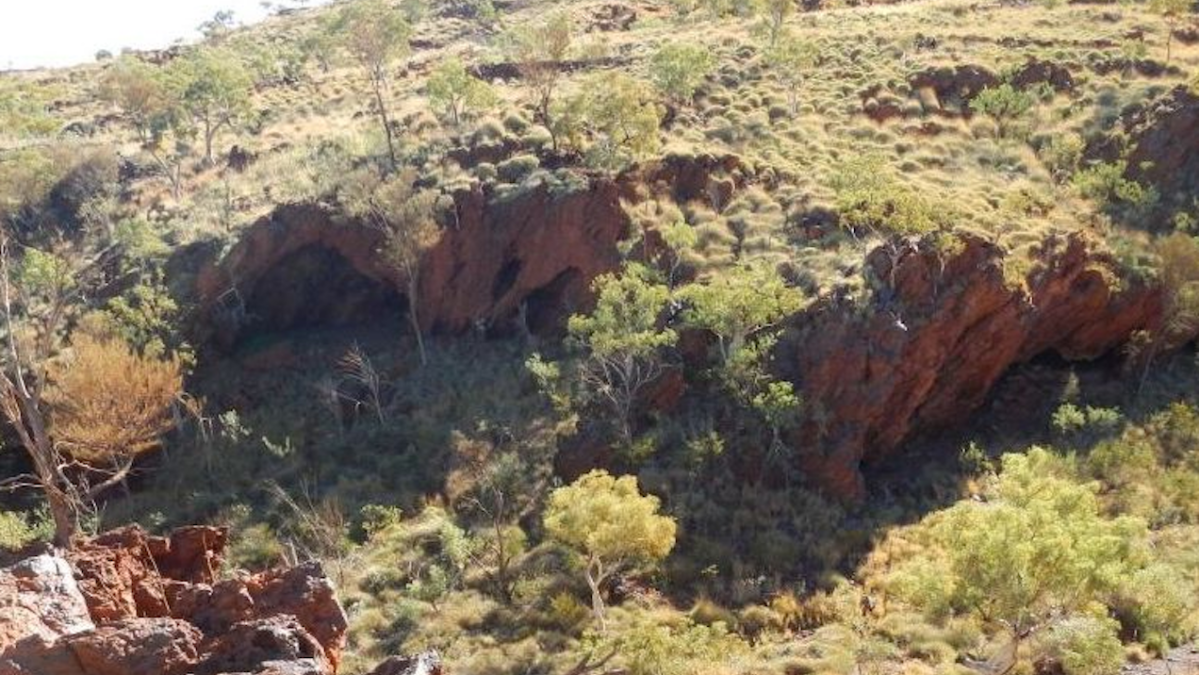
Culturally significant rock shelters in the Pilbara, which showed evidence of Indigenous Australian society dating back some 46,000 years, were destroyed on Sunday by mining giant Rio Tinto.
ABC reports the company executed a series of legal excavation blasts in the Juukan Gorge, some 60 kilometres north-west of Mount Tom Price in Western Australia.
In a statement obtained by the ABC, a Rio Tinto spokesperson said the company obtained ministerial consent to excavate in the region back in 2013, in connection to the region’s Brockman 4 iron ore mine.
The company avoids blasting near cultural sites “where practicable,” the spokesperson added.
But Puutu Kunti Kurrama traditional owners say the destruction of the Juukan Gorge rock shelters was a devastating loss, and questioned the process under which the blasts were approved.
“In this case we won’t have anything to show the next generation and to tell them stories about what has happened there and what’s been passed down from our ancestors,” Burchell Hayes, a Puutu Kunti Kurruma traditional owner, told the broadcaster.
The Sydney Morning Herald reports Rio Tinto sponsored an archaeological investigation of the site in 2014 to safeguard culturally significant items, but Dr Michael Slack, an archaeologist attached to the dig, said the findings were of extreme significance.
A 4,000-year-old piece of plaited hair was found at the site, which was subsequently linked by DNA to today’s traditional owners, Dr Slack said, while a sharpened kangaroo bone suggested tool-making technology dating back as far as 28,000 years.
Speaking to the ABC, Aboriginal Affairs Minister Ben Wyatt said planned amendments to the state’s heritage legislation will hopefully allow concessions to be made between traditional owners and mining operators when sites of cultural significance are uncovered.



